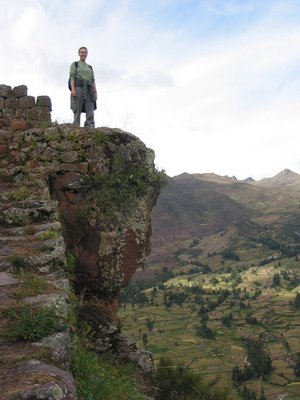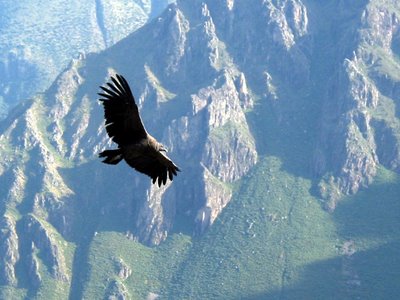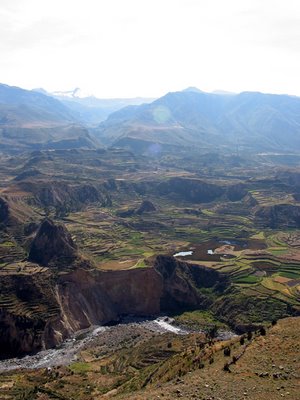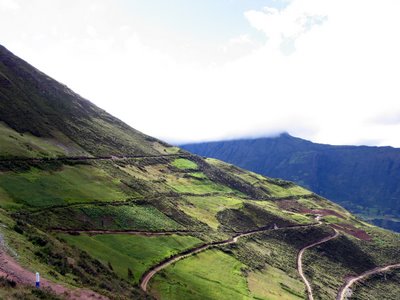my life is their vacation
travels with a guidebook writer
Thursday, November 09, 2006
Tuesday, November 07, 2006
Huancayo
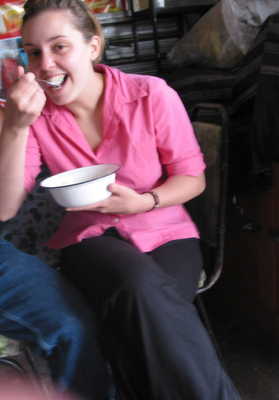
What a surprise: it's rice for lunch. . . . . AGAIN. I was stranded in the town of Huancayo for several days due to an anti-capitalism strike that incapacitated all public transportation. With lots of free time on my hands and little in the way of reading material, I ended up serendipitously befriending a local family. The family's three kids, Yenni, Yaneth, and Jhonny, took a major interest in my camera. Photo by Yaneth, age 8
Peru & Bolivia

I travelled to Peru and Bolivia early in the Southern Hemisphere winter and spent the majority of the trip in remote areas. This signified that I spent copious amounts of time on public transport, compounded by the fact that virtually every bus in Peru and Bolivia departs between 4am and 5am. Well, technically, anyway: the hour or so following the official departure time is generally spent waiting sleepily while the ayudantes frantically try to drum up more passengers while those already captive on the bus pound on the dilapidated bus walls in a communal show of impatience. Not usually one for fear of heights, many of these bus journeys admittedly had me clamouring for an aisle seat so I could remain in denial about the one-lane dirt roads barely capable of accommodating a hulking former American school bus. The roads, edged by sheer cliffs, wind precariously through the Andes and are occasionally doused by waterfalls that cascade onto the road, creating a mud bath that on more than one occasion had me close to asking if I could get out and walk until we were back on less slippery, narrow terrain. Additionally, somehow every bus ride in Peru seems to be exactly 12 hours in duration regardless of the distance or destination (which is largely caused by the fact that only 5% of the country's roads are paved). The amount of time spent wedged into a cramped bus seat is, however, somewhat mitigated by plenty of opportunities to enjoy the spectacular scenery while desperately waiting for the bathroom break that generally occurs only once every six hours (and for any of you that have heard the sordid story of my backpack being unceremoniously urinated upon by an elderly campesino, you will now understand how this happened).


